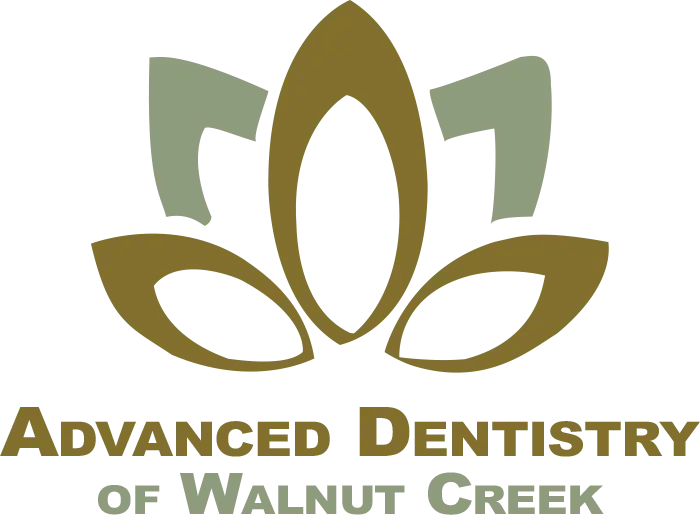![This is a thumbnail image of blog What is the Process for Getting Dental Veneers? This is a thumbnail image of blog What is the Process for Getting Dental Veneers?]()
What is the Process for Getting Dental Veneers?
Apr 28, 2022![This is a thumbnail image of blog Don’t Hold Back Your Smile In A Picture This is a thumbnail image of blog Don’t Hold Back Your Smile In A Picture]()
Don’t Hold Back Your Smile In A Picture
May 04, 2022![This is a thumbnail image of blog Welcome to Advanced Dentistry Of Walnut Creek This is a thumbnail image of blog Welcome to Advanced Dentistry Of Walnut Creek]()
Welcome to Advanced Dentistry Of Walnut Creek
May 09, 2022![This is a thumbnail image of blog Is It Better To Have an Orthodontist Apply Invisalign Aligners Than a General Dentist? This is a thumbnail image of blog Is It Better To Have an Orthodontist Apply Invisalign Aligners Than a General Dentist?]()
Is It Better To Have an Orthodontist Apply Invisalign Aligners Than a General Dentist?
Apr 28, 2022![This is a thumbnail image of blog Dental Emergency? Give Us A Call This is a thumbnail image of blog Dental Emergency? Give Us A Call]()
Dental Emergency? Give Us A Call
May 05, 2022
Dental Bonding From Our Walnut Creek Office is Convenient and Affordable

Dental Bonding From Our Walnut Creek Office is Convenient and Affordable
There are many reasons that we recommend dental bonding here in our Walnut Creek office. In spite of the fact that you may be very diligent about your oral hygiene, get regular dental check-ups and cleanings, etc. your teeth may have small imperfections. These can include gaps or slightly crooked teeth that are especially noticeable in your front set. Additionally, your teeth can, over time, develop small problems. For example, years of coffee or tea drinking can cause discoloration that is not remedied by a teeth whitening procedure. Or perhaps you have fractured or chipped one of your front teeth. One of the simplest and least expensive solutions to fix these small cosmetic imperfections is called 'dental bonding' that is, in essence, a simplified version of crowns or veneers. While not as strong as these options, dental bonding can repair small imperfections on teeth without decimating your bank account. Bonding is especially useful in front teeth that have much less pressure put on them.
What is Dental Bonding and How Is It Done?
Bonding is a dental procedure in which a tooth-colored resin is applied to the tooth and shaped, after which a curing light is used to harden the resin which then bonds to the tooth and improves its appearance. Bonding can not only change the shape and color of an individual tooth, make a tooth look longer, or repair small chips, but it can close any spaces between teeth. In cases where receding gums cause part of the root of the tooth to be exposed, we can use dental bonding to protect the exposed root. Bonding is also a more cosmetically appealing filling for small cavities.
After carefully choosing the color of resin that closely matches your natural teeth, we will apply a mild phosphoric acid solution to the surface of the natural tooth. Just as roughing up the surface of the wall before painting it enables the paint to better adhere to the surface, this acid will gently 'etch' the surface of the tooth, causing the adhesive to better stick to the tooth. This is followed by the application of the liquid bonding agent, after which the putty-like resin is applied. We will then begin the process of molding the resin into the desired shape. Once this has been achieved, the resin will be hardened with a curing light. Even after hardening, we may need to file the resin slightly to take off any rough edges. The final step in dental bonding is to smooth, then polish the resin.
Advantages and Disadvantages
Dental bonding has the following advantages
a) Unlike dental veneers, which have to be made in a lab, dental bonding is completed in a single visit. In fact, the procedure only takes between 30 and 60 minutes per tooth.
b) When compared to crowns and veneers, dental bonding requires the least amount of enamel to be removed from the tooth.
c) Unless the purpose of the bonding is to fill a tooth that has decayed, anesthesia is usually not necessary.
On the flip side, the resin used is neither quite as stain resistant nor as strong as crowns. Which means that, especially in the first 48 hours, it is essential not to eat or drink anything that will stain the resin. The list includes tea, coffee, and red wine. After dental bonding, you should have your teeth regularly cleaned by a professional to minimize staining. Under normal circumstances, dental bonding will not have to be repaired for several years. However, chewing on ice, biting your fingernails, or attempting to open bottles with your teeth is very likely to cause the resin to chip.
Professional teeth whitening will allow patients to have a whiter and brighter smile, regardless of the severity of past stains. Professional teeth whitening involves using a bleaching agent that can safely alter the appearance of one’s teeth. Store-bought solutions will not be as effective as our professional whitening services and overusing these products can lead to damaging the enamel.
The video on teeth whitening from the American Dental Association is for educational and entertainment purposes only. If you have any questions or are interested in teeth whitening, then give us a call. No video is a substitute for a professional dentist.

Working Hours
- MONClosed
- TUE - THU8:30 am - 5:00 pm
- FRI8:30 am - 2:00 pm
- SAT - SUNClosed





comments